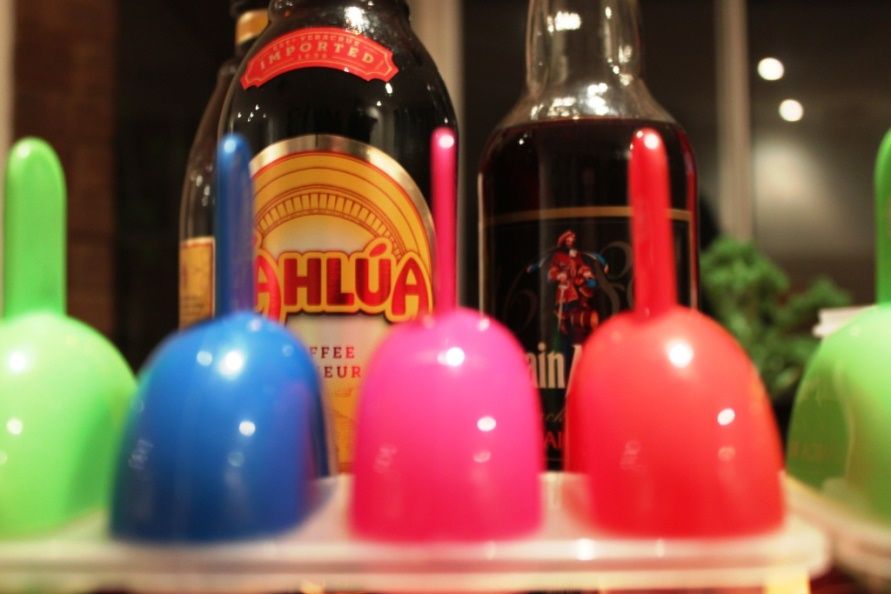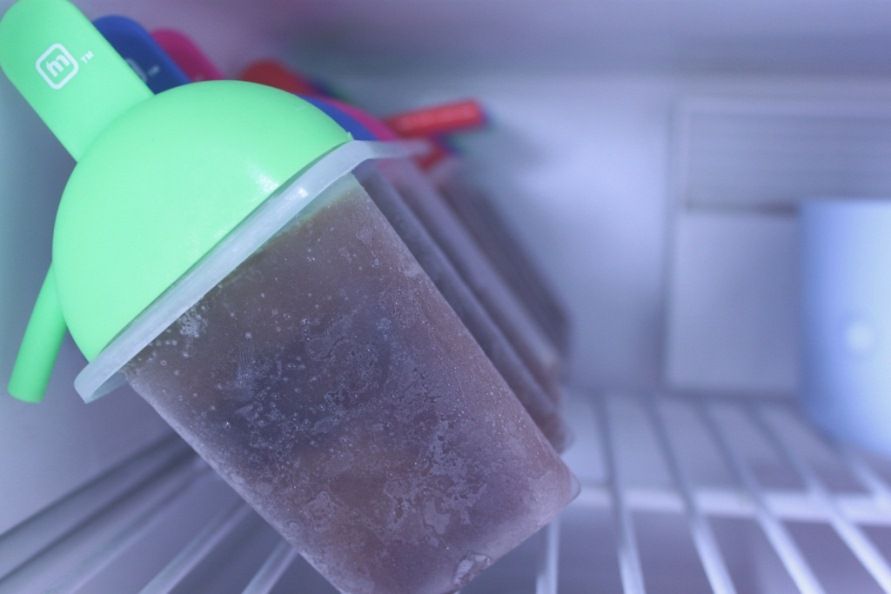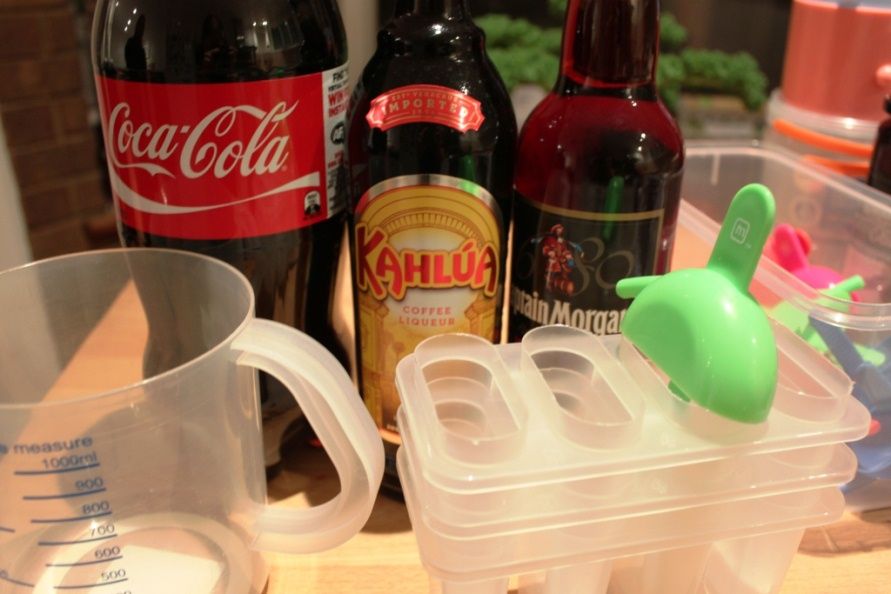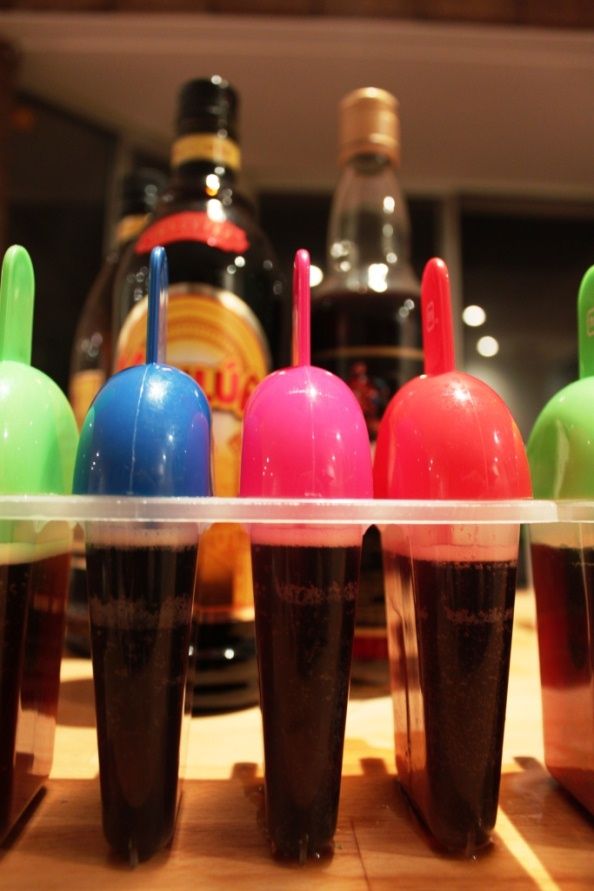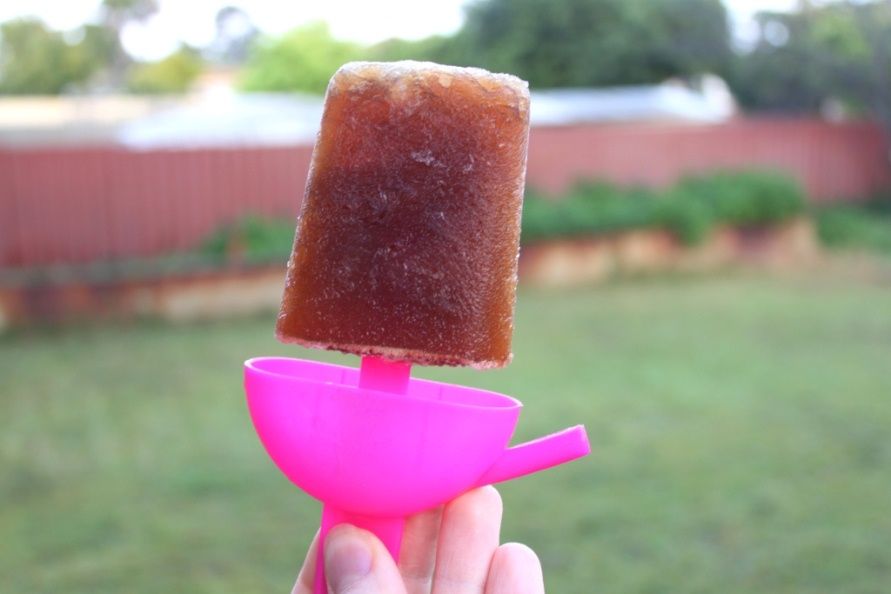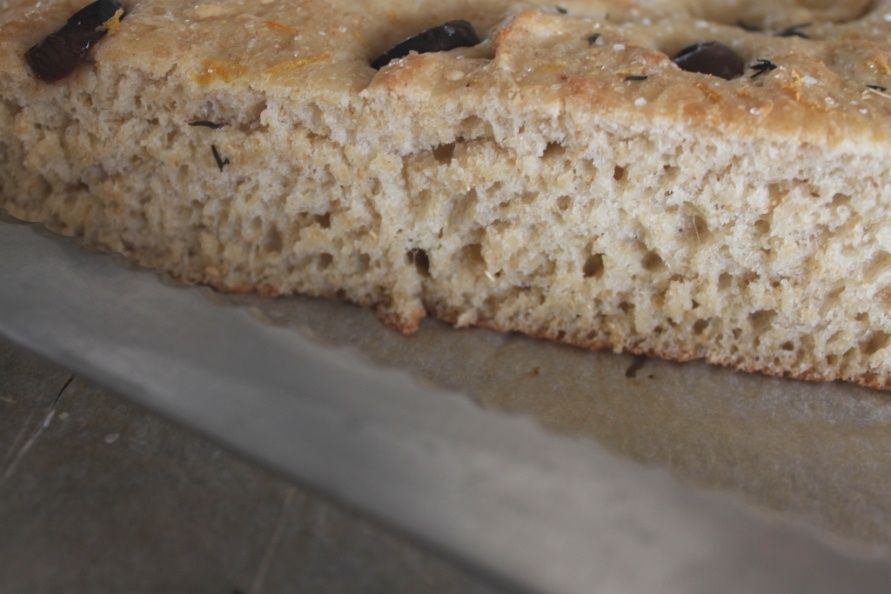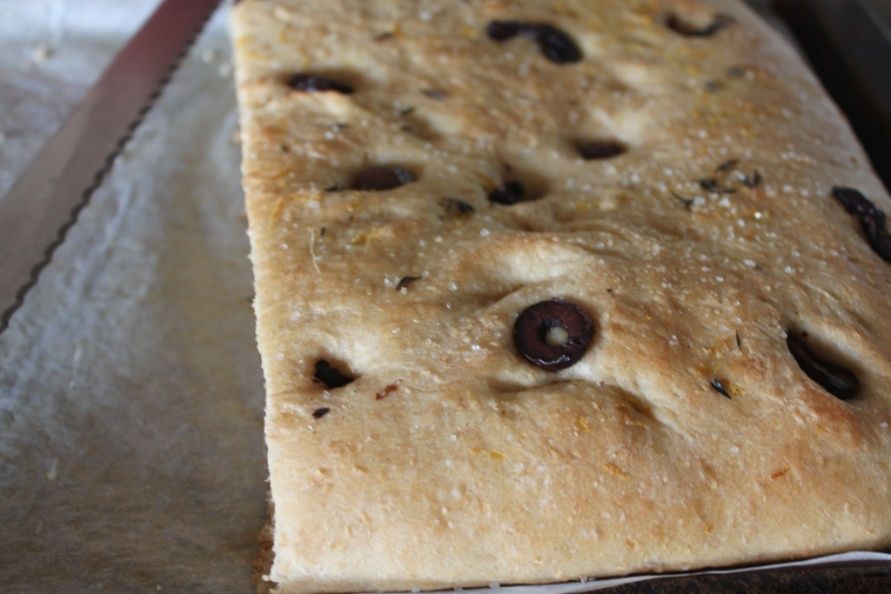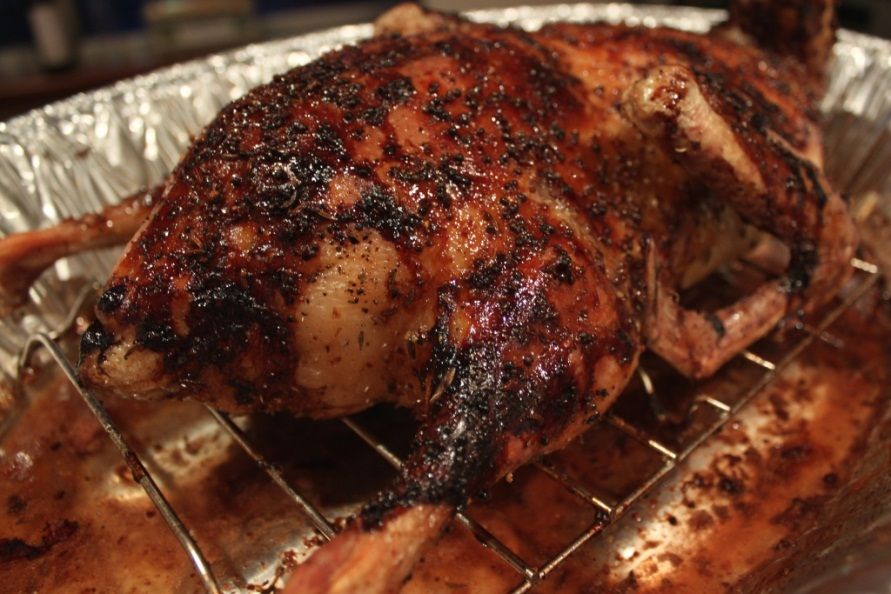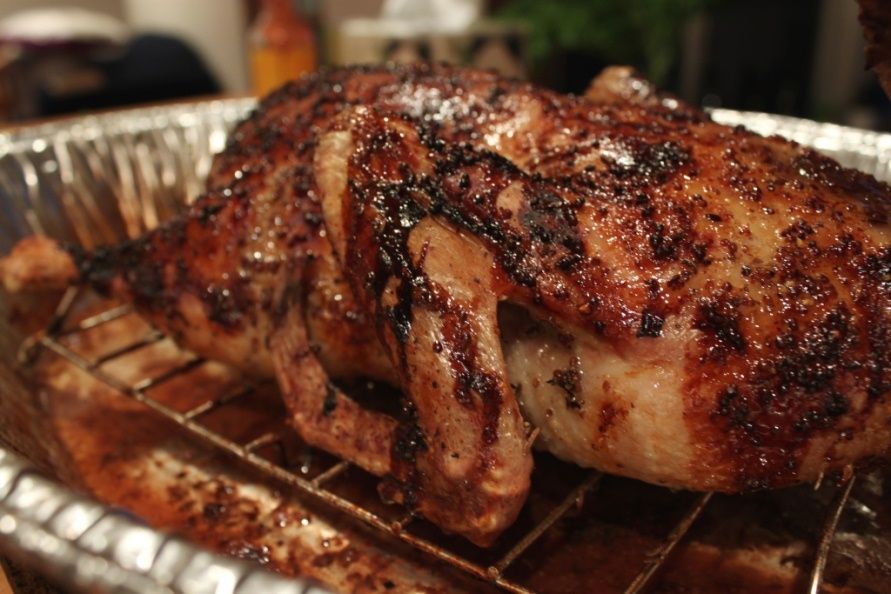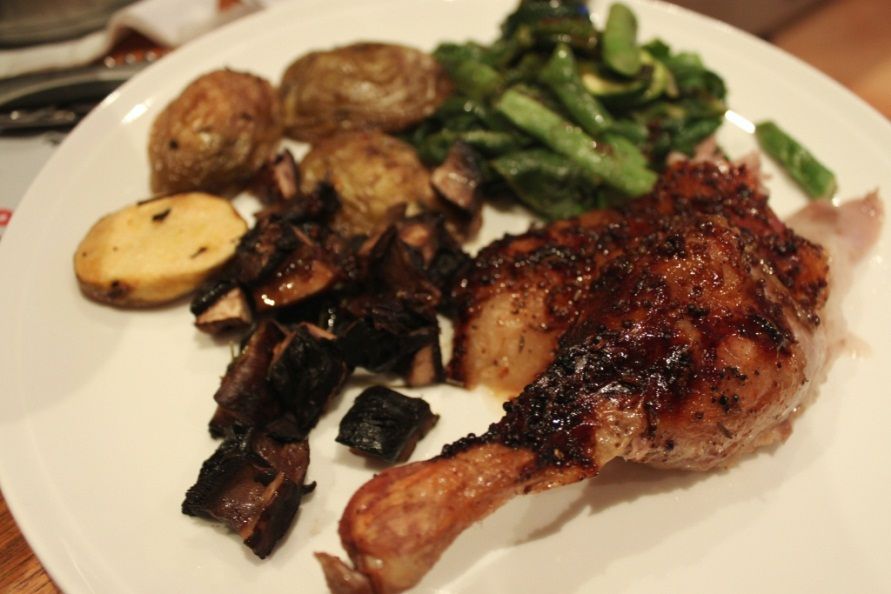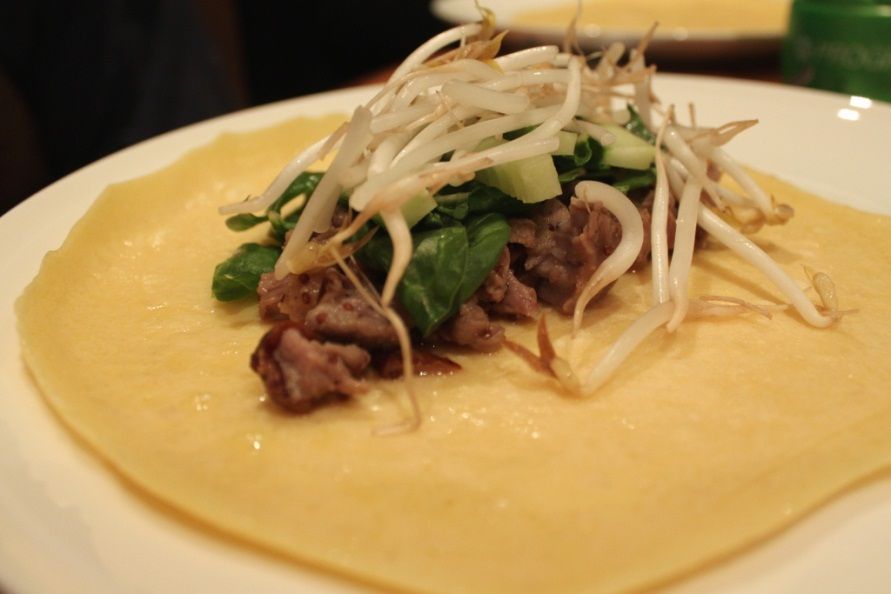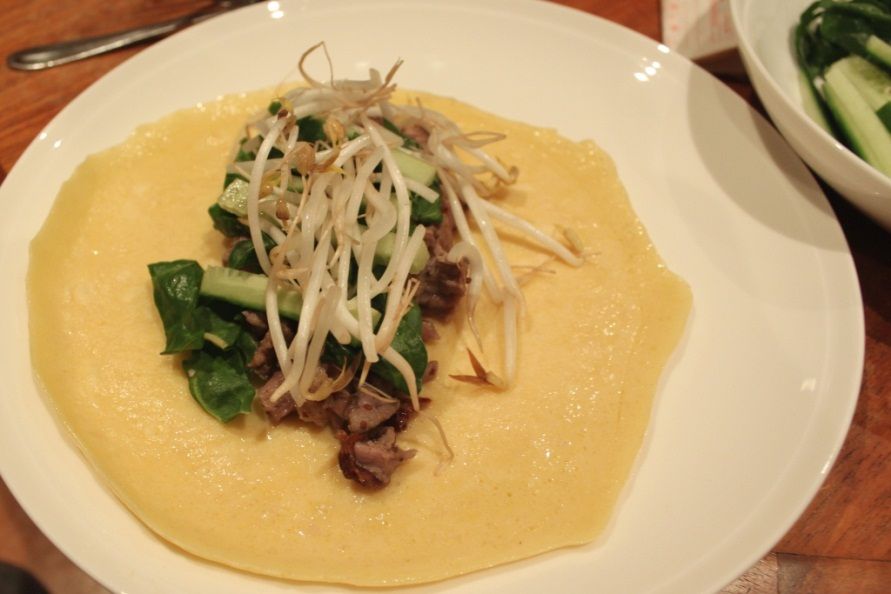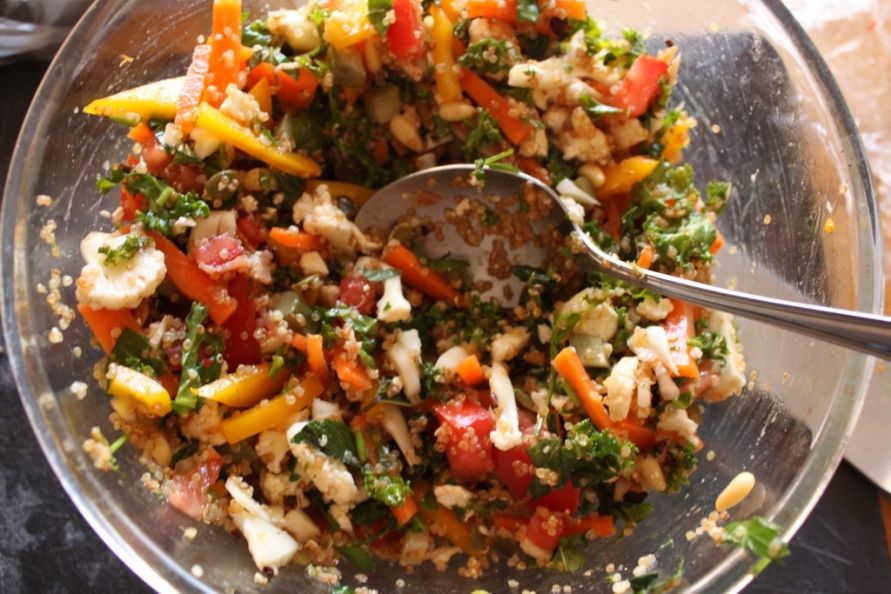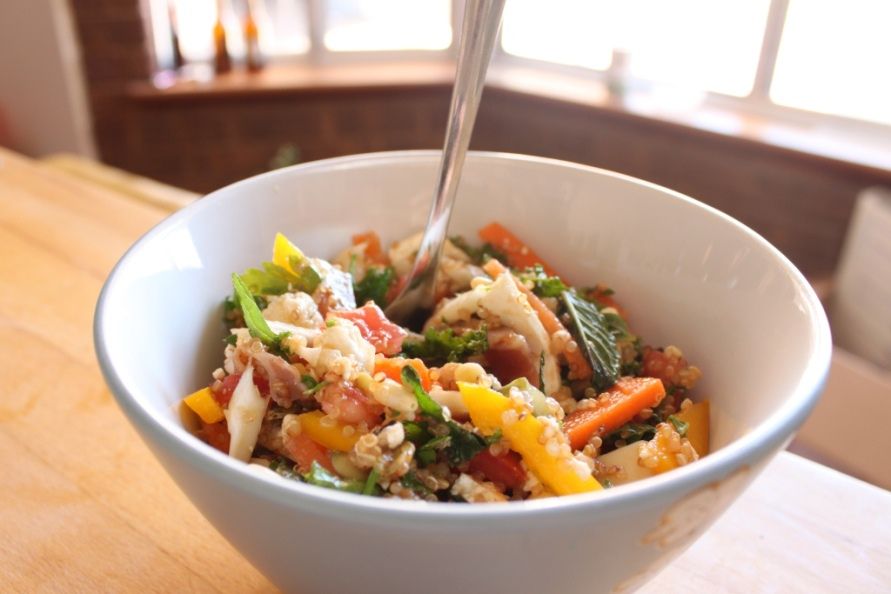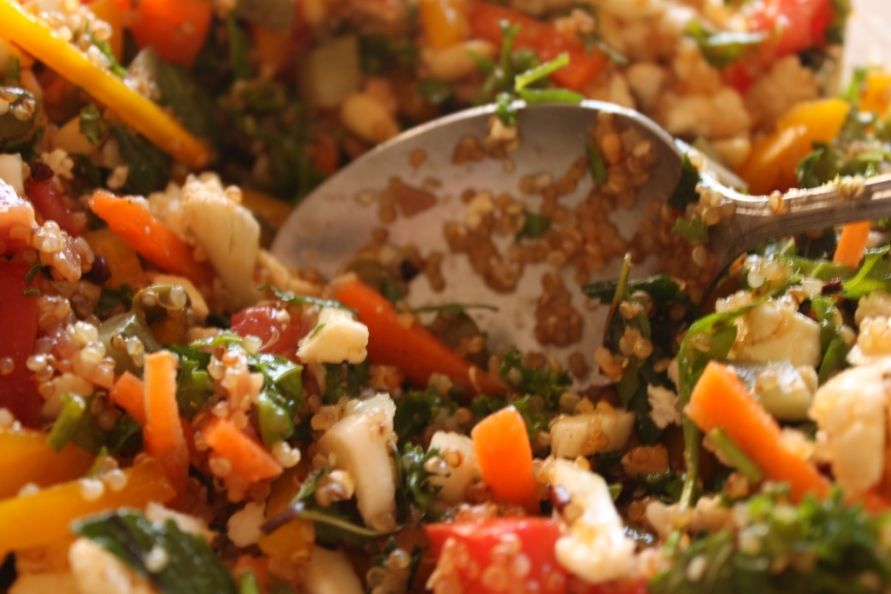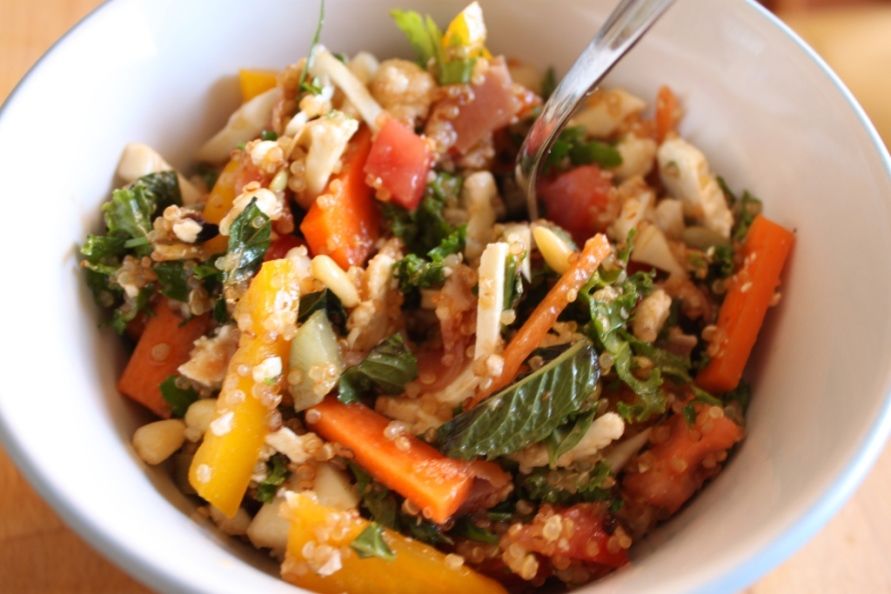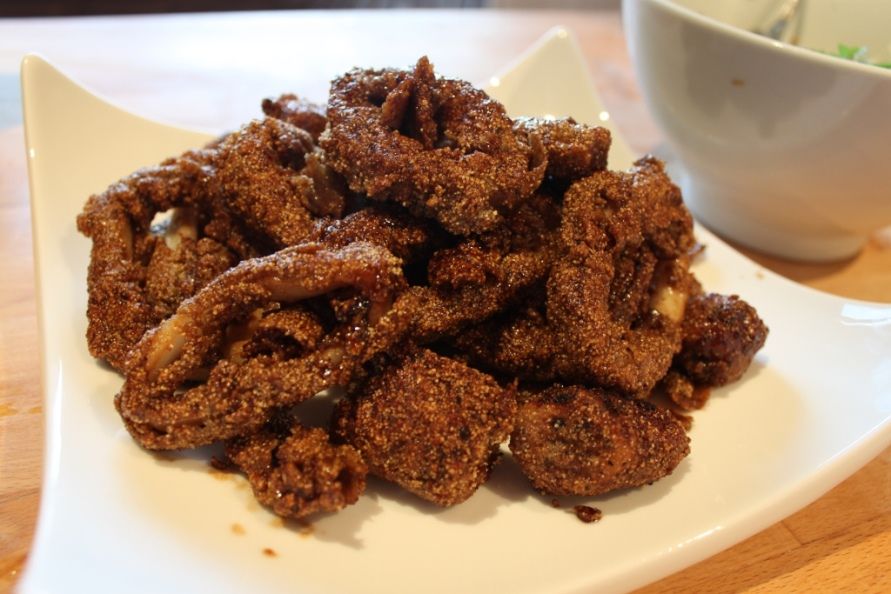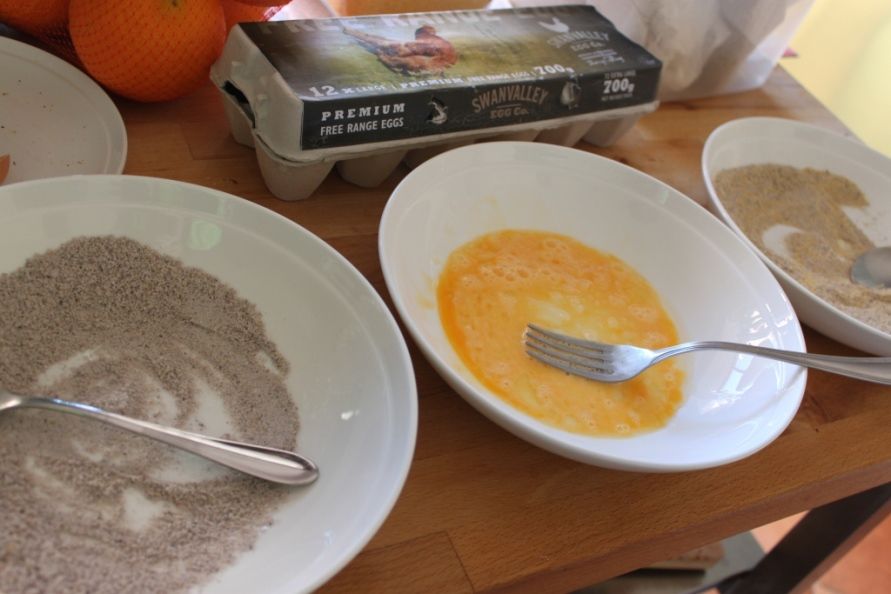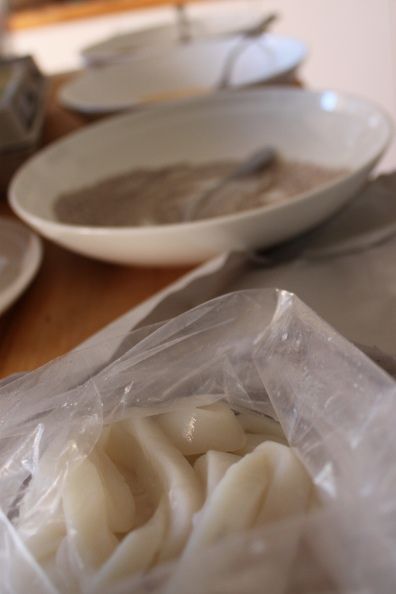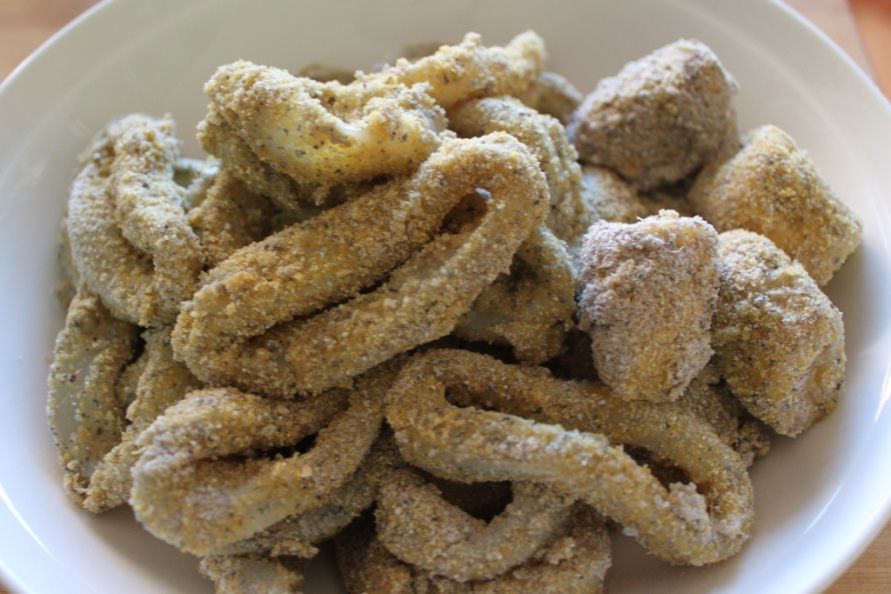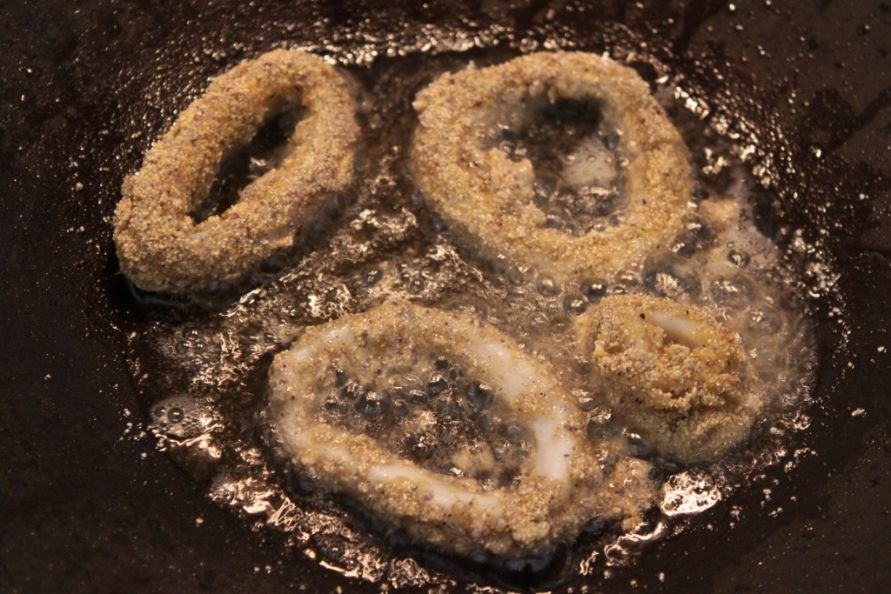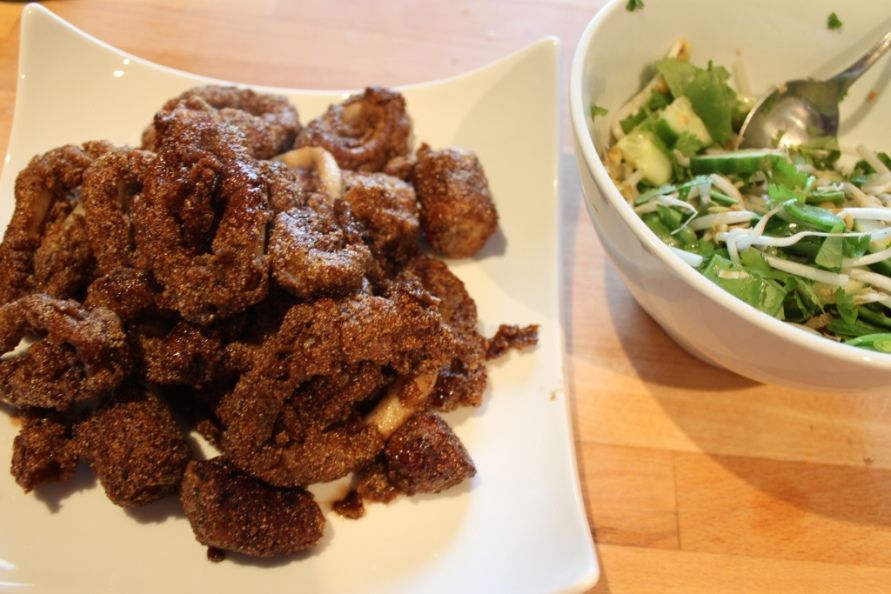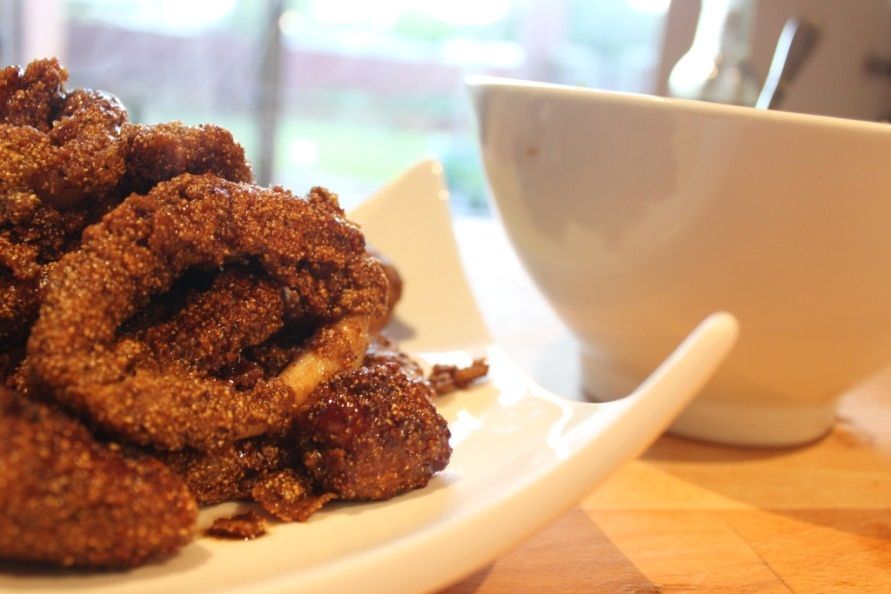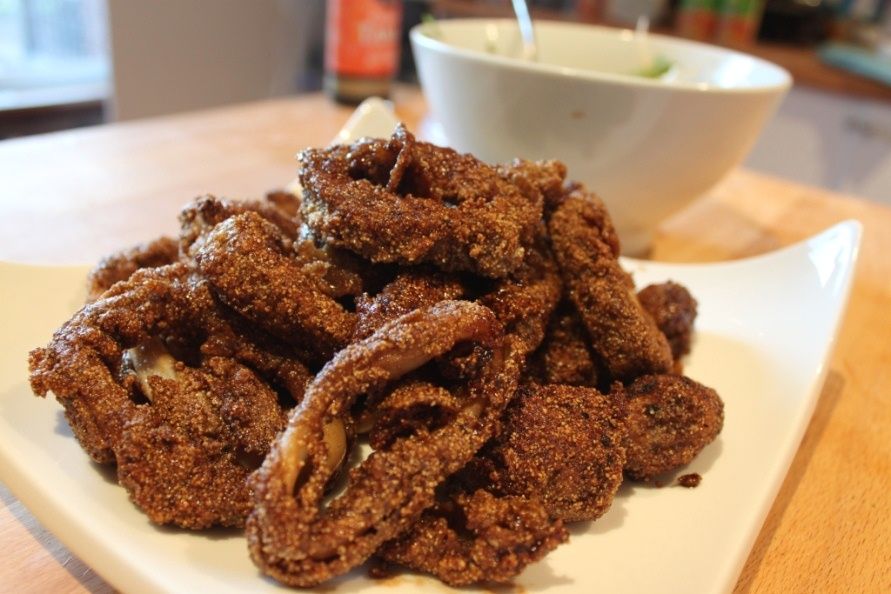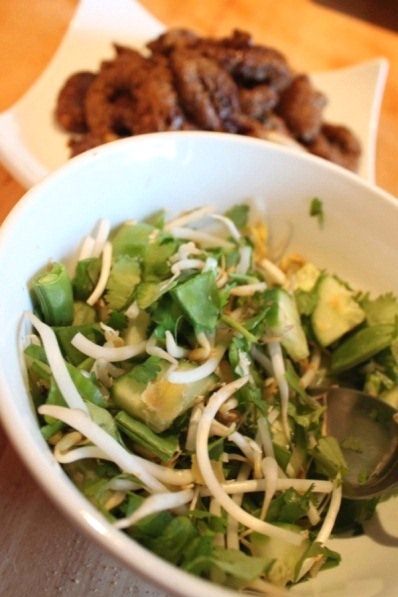I love duck. The crispy skin, the moist flavorsome
meat that stands up to stronger flavours than chicken. If I see duck on a menu,
I will invariably order it. In fact, my husband recently went out to dinner and
came home and told me he had to take me there because it had my ideal dish. We
went, less than a week later because he was so excited for me to have it and he
couldn’t have been more right. It was roast duck breast, with ginger and
pumpkin puree on scallops and beetroot salad. You couldn’t get a more perfect
combination of my current favourite foods in the one dish! Especially the duck
and scallops. Love!
When I saw that a supermarket had whole ducks on
special, I knew that it was time to try cooking it. Now, as much as I love
duck, I’ve also been served a fair few bad duck dishes. It seems that duck is
really easy to over-cook. And so I left my whole duck in the freezer for a
while before I got the courage to actually try it. I read the cooking
instructions on the back of the packet and then a few more recipes from the
duck supplier’s website, and it all seemed pretty straight-forward. And from
this, and the process of cooking it I learnt a few important things about
cooking duck that are important. Number 1. Duck has a lot of fat just below the
skin. You want most of this to render out – both to make the finished meat less
fatty and to help the skin get crispy, not soggy. The best way to do this is to
pierce the skin, so it can come out as it roasts. Number 2. This fat can
smoke/spatter/be just plain dangerous. The best way to deal with this is to add
liquid to the roasting tray, and put the duck in a rack up out of it. Apart
from that, roasting the duck is pretty much the same as roasting a chicken. So
don’t be scared! The added bonus of roasting a duck this way is that it creates
an awesome duck stock and duck fat. Just pour the fat/pan juices into a container
and put it in the fridge. It’ll separate into duck jelly below, duck fat on
top. To make stock out of the jelly just add hot water.
I saw a catalogue which had the cookbook associated
with Jamie Oliver’s new show teaching you how to use leftovers to maximize the
cost savings of using up everything you buy. This roast duck was a good example
of how to do this. Served as a roast the first night, I then shredded the
leftover meat and heated it up in the leftover glaze/sauce and served it with
pancakes the next night. The following night I used the stock to make a
buckwheat risotto, and the duck fat is in my fridge for making duck fat roast
potatoes.
Crispy Roast Duck with Orange and Mustard Glaze
1 duck
1 cup red wine
1 cup water
4 cloves garlic, peeled and slightly crushed
Rub
1 tsp sumac
½ tsp caraway seeds
Generous amount of salt
1 tsp black pepper
4 sprigs thyme
Glaze
2 teaspoons seeded mustard
4 tsp honey
¼ cup orange juice
1 teaspoons caraway seeds
1 tsp sumac
½ tsp salt
Prick the duck all over. Try not to prick it through
the meat, you just want to open up the skin so the fat underneath can render
out.
Pour a kettle of boiling water over the duck to
tighten up the skin. Pat the duck as dry as possible
using paper towels, then put it on a rack and stick it in the fridge for at
least 1 hour.
Preheat the oven to 175 degrees C. Pat the duck dry
again with paper towels. Rub a few tablespoons of salt on the inside and
outside of the bird. Mix the rub ingredients together, and rub all over the
duck and a little inside the cavity. Fill the cavity with the remainder of the
thyme sprigs and the garlic cloves.
Pour 1 cup of water and 1 cup wine in the bottom of a
roasting pan with a wire rack and place the duck on the rack, breast-side up.
You want the duck high in the pan so it doesn’t sit in the fat that renders out
of it. Roast for about an hour. After an hour, when the bird has about 30
minutes left to go, make the glaze.
Add all of the ingredients to a small pot and simmer
until reduced down to a sticky sauce. Baste the duck with the sauce, then
return to the oven. Roast for a further 15 minutes, then baste again. After the
remaining 15 minutes it should be ready, but prick the bird in a thick part meat and if the juices run
clear, it’s cooked through. Serve immediately so the skin stays crispy.
